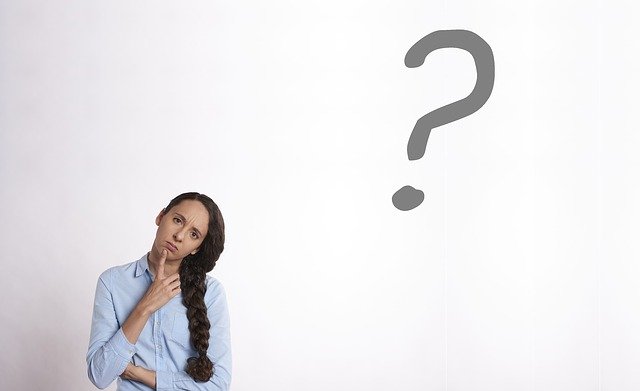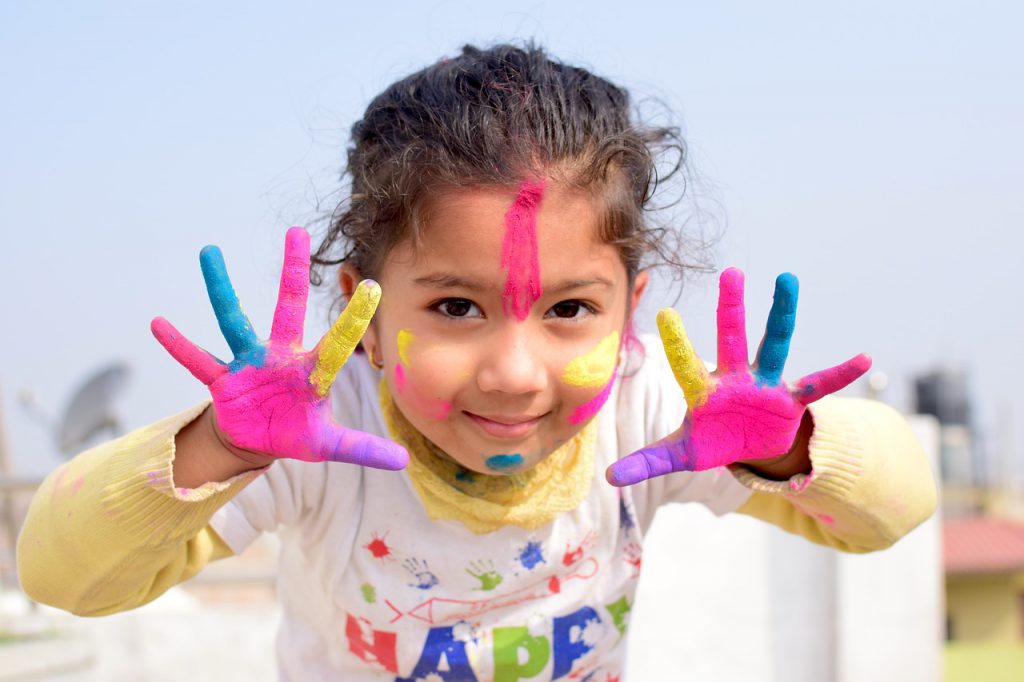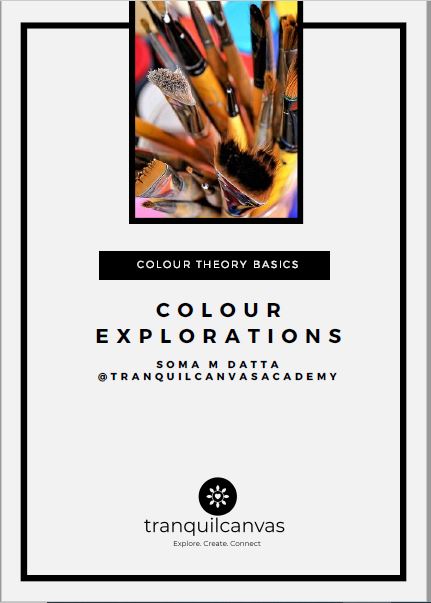
Do you ever wonder how some painters get their colours right every time for every work of art?
Do you know of a hobbyist whose paintings never fail to amaze you with the vibrancy of the colours and emotions conveyed through their art works?
Paints an egg or a dog or stormy beach scene or moon lit sky – they all touch a chord, tell a story and looked luminous and full of life just on account of the colours. And this person has never been to art school??!
One of those people? I do… I know several.And honestly they used to bug me.
How come every colour they mixed looked right where as my efforts still looked amateurish and lacked depth?
What was their secret?
I’ll tell you exactly what their secret is…
Artists and hobbyists refer to the Colour Theory Guidelines to avoid muddy paintings and maintain luminosity in their paintings. So when I resumed painting after a 15-year hiatus, I decided to arm myself with all the art school books on techniques and one of them was on Colour Theory and its use in art practice.
So the only problem was… that didn’t help.
Little did I know that ‘Colour Theory’ is an extensive topic if not complex …and requires years of practice to master and get the luminous and vibrant colours right every time. Those books offered colour-mixing recipes which were helpful… but the concepts and the terms and its application was hard to remember when actually needed in practice!
I frequently got confused with the various colour schemes in practice and was unable to select colour schemes that looked aesthetically right for my abstract art-making process. If you want to get into splashing, dripping and any of those freestyle expressive styles of painting then knowing how to recall colour theory when you are in the creative zone is a must.
Worse was when I ended up with muddy colours on a painting because I followed the colour recipes which said mix red and blue to get violet…but none mentioned (at least not in BOLD) that there are various types of reds and some of them actually don’t mix well with blue to give you a purple or violet…you get ‘MUD’ or what’s referred to my artists as ‘Neutrals’!!
Creativity, as research shows, is generally a pleasurable activity that helps lower stress and is good for our mental health…but I felt that the effects were nullified if everything I made was lack-lustre and/or a muddy mess.
And that is when I decided to go back to the basics I learnt in my fine art courses in school which I remember vaguely offered as a very simplistic and almost foolproof way to remember the colour theory in a way that we could use it in practical projects.

Designed for easy recall for school children, there is no reason why adult learners of art can’t use it!
I means as adults we have to time-manage everything and if there’s way that we could just jump-start our way into a fulfilling painting session without going through tons of art literature and books – then why not learn this method to save time and feel that sense of satisfaction at the end of our ‘creative me-time’.
Plus for those wanting to paint abstract styles, trying to recall colour theory concepts can prove to be a creative block for painting freely and expressively.
Now you could go and buy or borrow colour theory books and spend lots of time and money to learn it by yourself or you could save yourself time and hassle by doing this easy jump-starter course on ‘How to do colour-mixing for absolute beginners’ where I have included all the tips, tricks and secrets to painting using a limited number of colours and avoiding muddy paintings for good.
‘How to do colour-mixing for absolute beginners’ will:

- Solve the problem of muddy paintings] by taking you by the hand and showing you exactly what to do in order to solve it.
- Take the guesswork out of colour mixing recipes by giving you over 22 video lessons, downloads and workbooks such as the ‘Colour Explorations Workbook’ with exact recipes so you can get started with only 5 colour pigments in your art stash!
- Help you practise and master your new skills by showing you how to use colour-mixing recipes via a practical painting demonstration.
If you would like to jump-start your colour-mixing skills and never paint muddy paintings again then get onboard this online course right now!
- How to choose brushes to paint with watercolours
- Get creative at home with online art classes : tips on choosing the right online art course
- 10 Tips to learn how to draw better pictures
- Is fear of failure killing your creativity? Here’s what you can do about it
- Where there is a will


Comments are closed